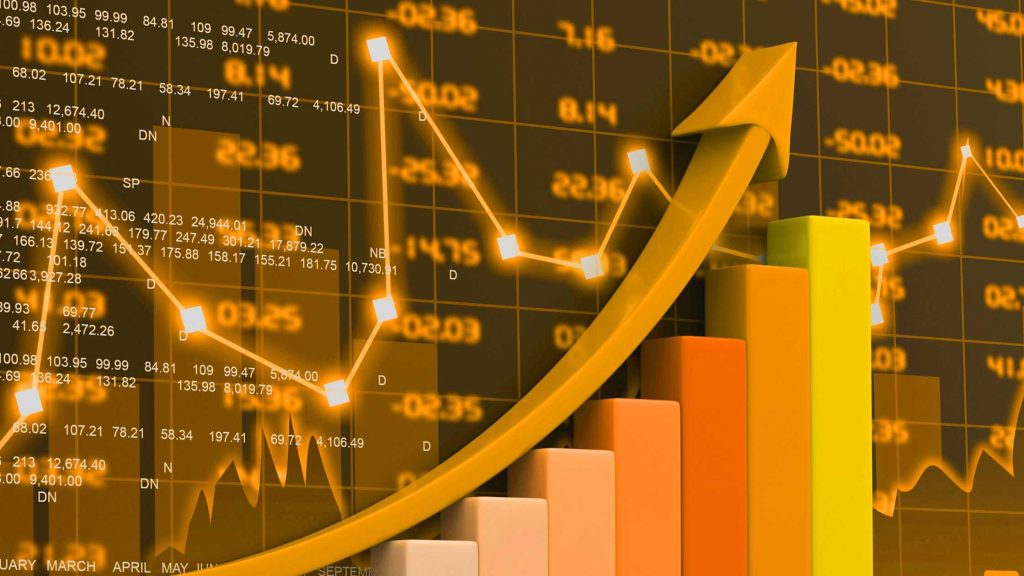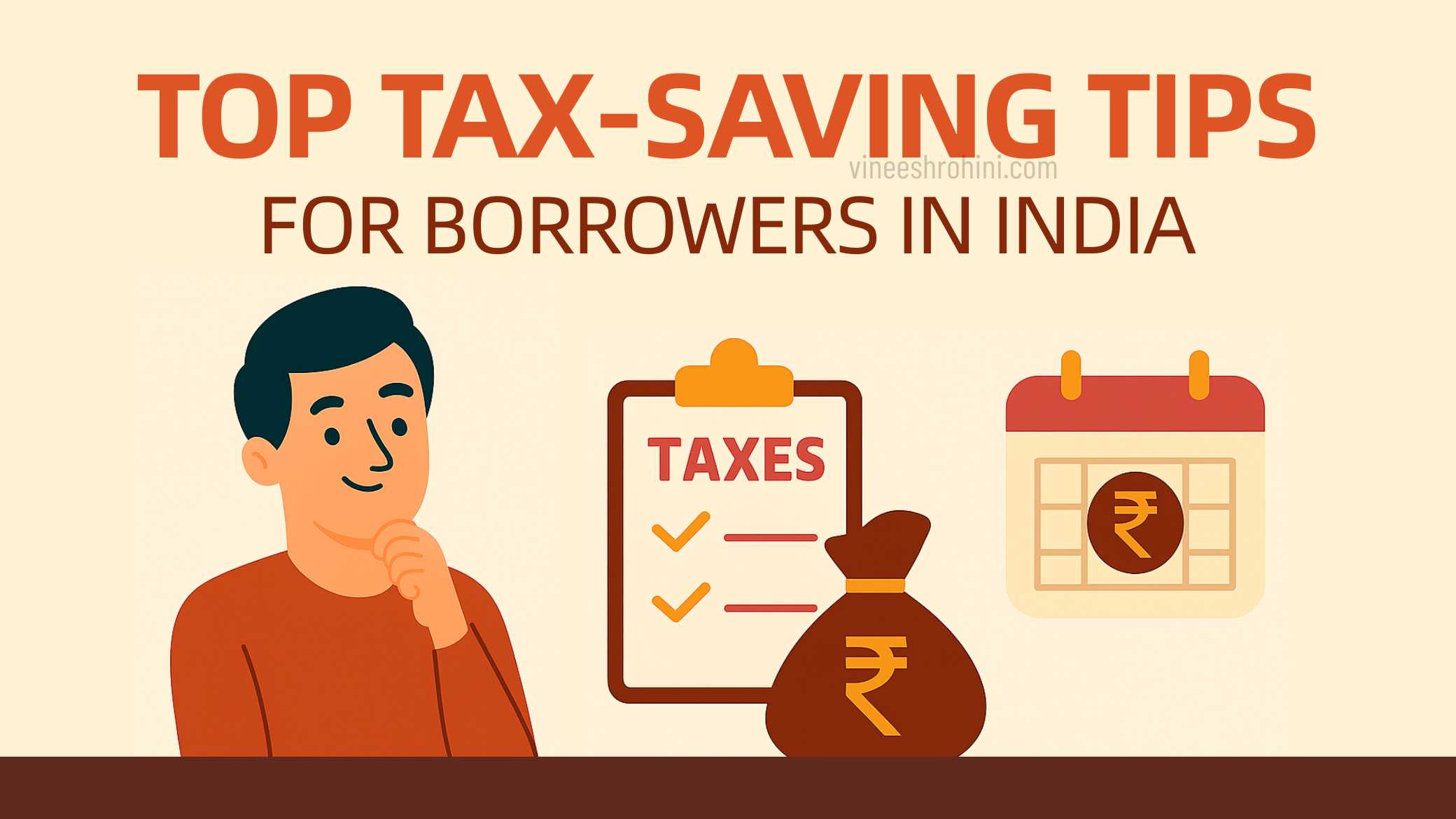What is Forex ? : Forex Basics Expalined – Comprehensive Guide 2025
What is Forex Trading : Forex, short for “foreign exchange,” is the global marketplace where currencies are traded. It is the largest and most liquid financial market in the world, with an average daily trading volume exceeding $7.5 trillion as of 2025. This immense scale reflects the vital role of currency exchange in global trade, investments, and finance. From multinational corporations and governments to individual retail traders, participants engage in forex trading to exchange one currency for another, profit from price movements, or hedge against risks.
Table of Contents
Understanding forex is essential for anyone interested in global economics, finance, or online trading. In this comprehensive 2025 guide, we will break down the fundamentals of forex trading, explore how the market functions, analyze key participants, and provide a clear overview of how modern forex trading has evolved with technology, regulation, and strategy.
Understanding the Forex Market in 2025

Forex (FX) refers to the decentralized marketplace where currencies are bought and sold. It operates 24 hours a day, five days a week, across major financial centers like London, New York, Tokyo, Singapore, and Sydney. The market is open continuously during weekdays because global time zones overlap, allowing constant trading. Unlike the stock market, forex doesn’t have a central exchange. Instead, it operates through an Over-the-Counter (OTC) network of banks, brokers, and electronic trading systems.
In 2025, forex trading has become more accessible than ever before, largely due to digital trading platforms, artificial intelligence-based analytics, and low-cost brokerage services. Many retail investors and entrepreneurs in India and around the world participate in forex through online platforms and apps that provide real-time charts, leverage, and instant execution. However, it’s important to remember that forex involves high risk and volatility, and understanding its mechanisms is crucial before engaging in live trading.
How the Forex Market Works
At its core, forex trading involves exchanging one currency for another. Every trade occurs in pairs — for example, EUR/USD, GBP/INR, or USD/JPY. The first currency is the base currency, and the second is the quote currency. The exchange rate tells you how much of the quote currency you need to buy one unit of the base currency.
For example, if the EUR/USD rate is 1.1000, it means 1 Euro = 1.10 US Dollars. If the rate increases, the Euro strengthens against the Dollar, and if it decreases, the Euro weakens. Traders speculate on these changes, aiming to buy low and sell high, or vice versa.
Forex trading doesn’t occur on a single platform. It happens across global banks and financial institutions through a network known as the interbank market. Retail traders access this market through brokers who provide trading platforms like MetaTrader 4 (MT4), MetaTrader 5 (MT5), or cTrader. These platforms allow users to execute trades, apply technical indicators, and monitor market trends in real time.
Types of Forex Markets

There are three main types of forex markets that traders use depending on their strategy and goals:
- Spot Market:
This is the most common form of forex trading, where currencies are exchanged instantly or within two business days. It reflects the real-time value of currencies and is the foundation of the entire forex ecosystem. - Forward Market:
In this market, two parties agree to buy or sell a currency at a future date for a predetermined price. It is primarily used by corporations and institutions to hedge against currency fluctuations. - Futures Market:
Similar to forwards, but standardized and traded on exchanges. Futures contracts specify the amount, price, and settlement date. Many professional traders use this market for hedging and speculation.
Major Currency Pairs in Forex
Currencies are traded in pairs, and some pairs are more popular than others due to liquidity and global economic importance.
- Major Pairs: Include the most traded currencies, such as EUR/USD, USD/JPY, GBP/USD, USD/CHF, AUD/USD, and USD/CAD.
- Minor Pairs (Crosses): Currency pairs that don’t include the US Dollar, such as EUR/GBP or AUD/JPY.
- Exotic Pairs: Combine a major currency with one from an emerging economy, like USD/INR or EUR/TRY.
The US Dollar (USD) dominates forex markets, involved in more than 85% of all transactions, followed by the Euro (EUR), Japanese Yen (JPY), British Pound (GBP), and Swiss Franc (CHF).
Key Participants in the Forex Market
The forex market is vast and includes a wide variety of participants:
- Central Banks:
They play a crucial role in influencing currency value through monetary policies and interventions. For example, the Reserve Bank of India (RBI) or the Federal Reserve (USA) can impact currency prices by adjusting interest rates or managing foreign exchange reserves. - Commercial Banks:
Banks handle most of the currency transactions on behalf of their clients. They facilitate forex operations for importers, exporters, and investors. - Hedge Funds and Investment Firms:
These entities engage in large-scale currency speculation, often influencing market movements with high-volume trades. - Corporations:
Multinational companies trade forex to hedge against foreign exchange risks in international trade. - Retail Traders:
Millions of individuals worldwide trade forex through brokers for speculative or investment purposes.
Forex Trading Sessions
Forex trading occurs in four major overlapping sessions:
- Sydney Session: 10 PM to 7 AM GMT
- Tokyo Session: 12 AM to 9 AM GMT
- London Session: 8 AM to 5 PM GMT
- New York Session: 1 PM to 10 PM GMT
The London–New York overlap is the most active trading period, offering the highest liquidity and volatility. Traders often choose their trading session based on preferred currency pairs and volatility patterns.
Leverage and Margin in Forex
One unique aspect of forex trading is leverage, which allows traders to control large positions with a small amount of capital. For example, with 1:100 leverage, you can control $10,000 worth of currency with just $100 of margin.
However, while leverage amplifies potential profits, it also magnifies losses. Misuse of leverage is one of the most common reasons beginners lose money in forex. Brokers in 2025 are now more regulated, offering risk management tools like negative balance protection and margin alerts to prevent traders from losing more than their deposits.
How to Read Forex Quotes
A forex quote displays two prices — Bid and Ask.
- Bid: The price at which the broker buys the base currency from you.
- Ask: The price at which the broker sells the base currency to you.
- Spread: The difference between Bid and Ask, representing the broker’s profit.
For example, if EUR/USD = 1.1000/1.1002, the spread is 0.0002 or 2 pips. Lower spreads are preferred for trading as they indicate lower transaction costs.
Technical and Fundamental Analysis in Forex
Forex traders rely on two main types of analysis to make trading decisions:
- Technical Analysis:
Based on charts and price movements. Traders use tools like moving averages, Fibonacci retracement, Bollinger Bands, and RSI to identify trends and entry/exit points. - Fundamental Analysis:
Focuses on economic and political factors affecting currency value — such as inflation, interest rates, GDP, unemployment data, and geopolitical events.
Professional traders often combine both methods, known as confluence trading, to increase accuracy and confidence.
Trading Styles and Strategies
There are several trading styles depending on your time frame and risk appetite:
- Scalping: Short-term trades lasting seconds or minutes, aiming for small profits per trade.
- Day Trading: Positions opened and closed within the same day.
- Swing Trading: Trades held for several days to weeks, targeting larger price moves.
- Position Trading: Long-term strategy based on fundamental trends, lasting weeks to months.
Each strategy requires discipline, a clear trading plan, and risk management rules.
Risk Management in Forex
Risk management is the backbone of successful forex trading. The goal is to protect your capital while maximizing returns. Some key techniques include:
- Using Stop-Loss and Take-Profit orders.
- Risking only 1–2% of your capital per trade.
- Maintaining proper risk-to-reward ratios (at least 1:2 or 1:3).
- Avoiding over-leveraging and emotional trading.
Even professional traders face losses, but consistent risk control ensures long-term profitability.
Advantages of Forex Trading
- High Liquidity: The most liquid market in the world.
- 24/5 Market Hours: You can trade anytime during weekdays.
- Low Transaction Costs: Competitive spreads and commissions.
- Global Accessibility: Easy access via online platforms.
- Profit Potential in Both Directions: You can make profits whether the market goes up or down.
Challenges and Risks in Forex

Despite its advantages, forex trading carries significant risks:
- Volatility: Sudden market movements can lead to heavy losses.
- Leverage Risk: Misuse of leverage can amplify losses.
- Psychological Pressure: Emotional trading can destroy consistency.
- Scams and Unregulated Brokers: Choosing the wrong broker can lead to fraud or fund loss.
Also Read : Alice Blue Margin Trading Facility
Proper education, a reliable broker, and a disciplined strategy are essential for success in forex.
Forex Regulations in 2025
Regulation has become a key focus in 2025 to protect traders from fraud and ensure market stability. Major regulatory authorities include:
- SEBI (India)
- FCA (UK)
- CFTC & NFA (USA)
- ASIC (Australia)
- CySEC (Cyprus)
Traders should always verify if their broker is licensed under one of these authorities to ensure fund safety and transparency.
Forex Trading in India (2025 Scenario)
In India, forex trading is allowed only through authorized exchanges and restricted to currency pairs involving the Indian Rupee (INR), such as USD/INR, EUR/INR, GBP/INR, and JPY/INR. These can be traded legally via recognized exchanges like NSE, BSE, and MCX-SX.
Trading in international pairs (like EUR/USD) via offshore brokers is not permitted under RBI and FEMA guidelines. Hence, Indian traders must ensure compliance with national laws before engaging in forex trading.
Technological Innovations in Forex 2025
In 2025, technology has revolutionized forex trading:
- AI and Machine Learning: Predictive analytics and algorithmic trading strategies enhance precision.
- Blockchain Technology: Improved transaction transparency and security.
- Mobile Trading Apps: Allow seamless trading and monitoring from anywhere.
- Copy Trading & Social Trading: Enable beginners to follow and replicate professional traders.
Platforms like MetaTrader 5, cTrader, and TradingView now integrate AI-based alerts and smart charting, making forex more accessible and efficient.
How to Start Forex Trading
- Learn the Basics: Understand how currency pairs, leverage, and market analysis work.
- Choose a Regulated Broker: Ensure the broker is authorized by a trusted regulatory body.
- Open a Demo Account: Practice with virtual money before trading live.
- Develop a Trading Plan: Define entry, exit, and risk management rules.
- Start Small: Begin with small capital and gradually increase as you gain confidence.
- Keep Learning: Follow global economic news, forex education platforms, and analytical tools.
The Future of Forex Trading
The future of forex in 2025 and beyond will be shaped by automation, regulation, and innovation. With artificial intelligence, real-time data analytics, and decentralized finance (DeFi) technologies integrating into forex platforms, the market is evolving toward greater transparency and inclusivity. Retail participation will continue to rise, especially in emerging markets like India, Southeast Asia, and Africa. However, education and risk management will remain the foundation of long-term success.
What is Forex – Conclusion
Forex trading is an exciting and dynamic financial opportunity that reflects the heartbeat of the global economy. It connects nations, drives international business, and offers individuals a chance to participate in a trillion-dollar ecosystem. Yet, it’s not a shortcut to wealth — it’s a discipline that requires education, patience, and strategy.
Buy Now : Forex Trading Strategy Course
In 2025, forex markets are more advanced, transparent, and accessible than ever before, but they also demand responsibility and awareness. By understanding the basics of forex, analyzing risks, and trading with discipline, anyone can take the first step toward mastering this powerful global market.
Disclaimer : This article is for educational and informational purposes only. It does not provide financial, trading, or investment advice. Forex trading involves significant risk and may not be suitable for all investors. Please consult a certified financial advisor before making any investment or trading decisions. Regulations and forex rules differ by country, and readers are encouraged to verify the latest updates from official financial authorities before engaging in any trading activities.



